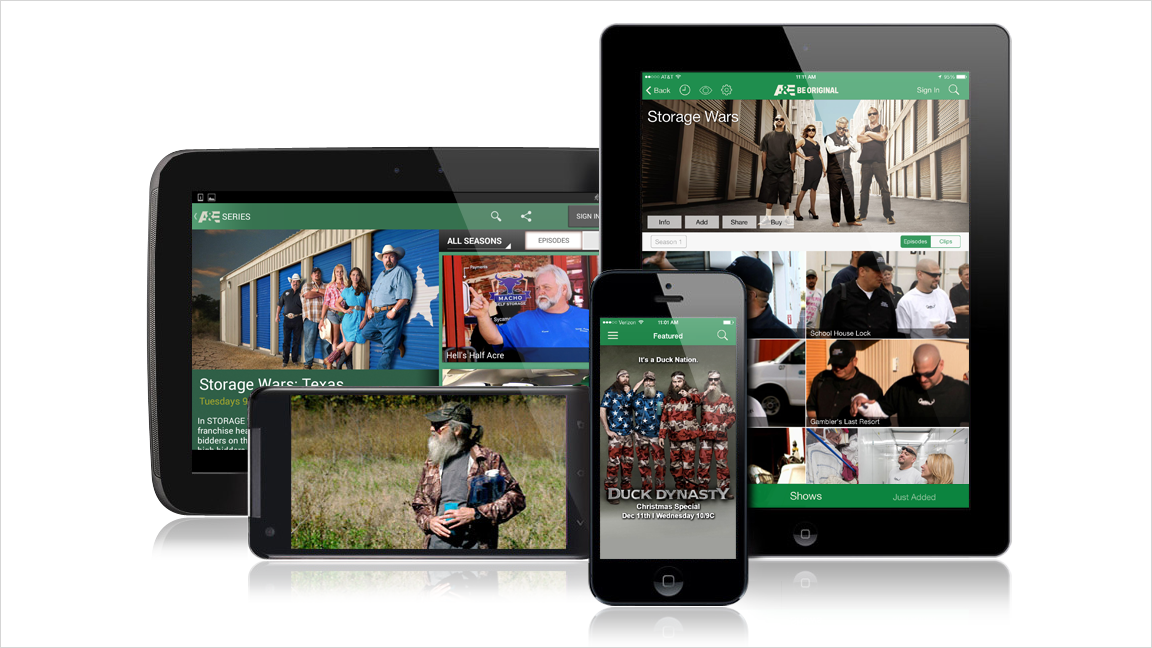Mark your calendar for Mediaweek, October 29-30 in New York City. We’ll unpack the biggest shifts shaping the future of media—from tv to retail media to tech—and how marketers can prep to stay ahead. Register with early-bird rates before sale ends!
First the good news for network execs: More cable subscribers are starting to use official apps to stream programming. Now the bad news: The apps are proving confusing to customers and nearly impossible to measure.
That's the story at the TV Everywhere panel at the Television Critics Association's semiannual confab in Los Angeles today. TVE usage—the percentage of cable subscribers who have verified to watch content from a network or cable provider over a digital service or app—is at 49 percent as of the last measurements taken, up from 43 percent last April, with a goal of 55 percent by the end of 2015. But while usage is increasing, all execs remained frustrated by Nielsen's inability to measure those TVE audiences.
Mark Garner, svp distribution, A+E Networks, noted that the measurement abilities "lag behind the technology" to such a degree that they have become "harmful to this business." As a result, "you're looking at numbers that don't really tell the whole story" because they don't account for TVE viewing, said Erik Flannigan, evp multiplatform strategy and development, Viacom Entertainment Group.
Worse, Garner said a major problem facing the industry was that many consumers still think "that TV Everywhere is an additional thing they have to pay for."
Alex Wellen, chief product officer, CNN Digital, pointed out that when audiences stream CNN during breaking news, that data is not being measured.
The data "is lagging to the point where it's become frustrating," said Brad Dancer, svp program planning and research, National Geographic Channel, who said that there should be headway in the next 12 months.
Ratings issues aside, there are other barriers that are preventing wider-spread TVE usage among cable subscribers. The requirement for consumers to individually authenticate every network app is "clearly an issue," especially for those who haven't yet sampled TVE, said Flannigan, who hopes that situation will improve within the next two years. At the very least, he noted, authentication in one's home should be able to be done automatically via "sniffing" out that subscriber's cable network.
Flannigan characterized the much-fretted-over millennial market not as uninterested, but as "underserved." That's also why the concern about TVE will encourage subscribers to share their passwords with nonsubscribers (or their twentysomething kids) is "overblown," said A+E's Garner, who noted that most people are wary of exposing their credit card and other personal data with those shared passwords.
"People are willing to pay for things if we make it easier," he said.








